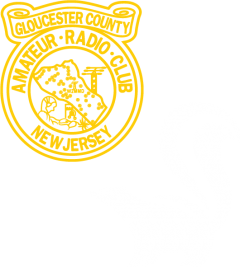Arduinos are programmable microcontrollers that have many uses in ham radio projects. They can sense analog and digital inputs and create digital outputs. They can use RS-232 serial connections from computers and other devices to control logic. Various types of “shields” are available that can be mounted on the pin headers of Arduinos that will allow them to control relays, use Ethernet inputs, control motors and perform many other control tasks. Unlike Raspberry Pi computers Arduinos are programmed in C++ and the code is downloaded to the Arduino from a PC or other computer using the Arduino integrated development interface on that computer.

The Skunkworks team has developed two significant Arduino projects, both for the satellite station., The first is the satellite antenna switcher described on this page: https://wp.w2mmd.org/wp/w2mmd-satellite-station/ That project uses inputs from the satellite PC to automatically switch the 2 meter and 70 cm satellite antennas between the Yaesu 847 transmitter and the SDR receiver depending on the operating mode of the satellite selected. The other project is the SatNOGS satellite rotator controller that receives the desired antenna azimuth and elevation from the SatNOGS controller but adds lead and lag degrees depending on the direction of movement to minimize the number of movements while keeping the antennas pointing within their beamwidth.
There are many other ham-related projects for Arduinos, some of which are described in this ARRL book http://www.arrl.org/arduino.
